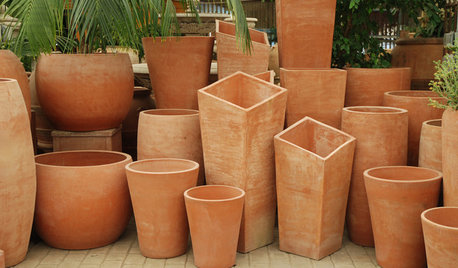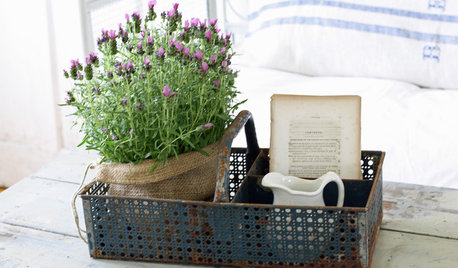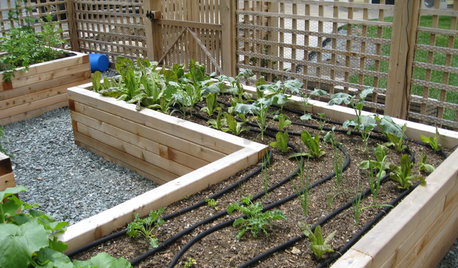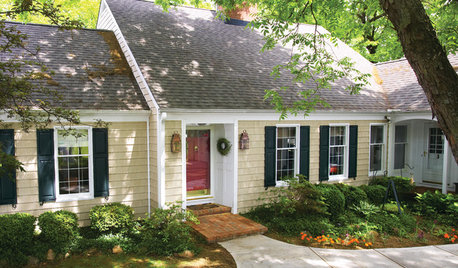Frost damage?
kelly-gardener
13 years ago
Related Stories

GARDENING GUIDESGot Frost-Damaged Plants? How It Happens, and When and How to Prune
Crispy brown leaves are a sure sign that Jack Frost has been to your neighborhood
Full Story
BATHROOM DESIGNWater Damage Spawns a Space-Saving Bathroom Remodel
A game of inches saved this small New York City bathroom from becoming too cramped and limited
Full Story
CONTAINER GARDENSBeat the Frost With Natural Terra-Cotta Containers
Here's how to protect your pots during the cold winter months
Full Story
HOUSEPLANTSOutsmart Winter — Make Houseplants of Your Garden Growers
No need to watch Jack Frost play Wreck the Rosemary. Bring your garden inside for the winter, using containers and these guidelines
Full Story
SPRING GARDENINGEnjoy the Peak of Spring Gardening — Here’s What to Do in May
Bid the frost farewell and treasure the blooms. No matter what U.S. region you’re in, one of these guides will help your garden flourish
Full Story
POOLSSolstice Daydream Break: 10 Breathtaking Swimming Pools
Put Jack Frost's nipping out of mind with a virtual dip in 10 covetable Australian swimming spots
Full Story
MONTHLY HOME CHECKLISTSYour Fall Home Maintenance Checklist
Prep your house and yard for cold weather with this list of things to do in an hour or over a weekend
Full Story
HOUSEKEEPINGHow to Wash Your House
Avoid damage to siding and plants while getting your home's exterior shining clean, with this guide to using pressure washers and hoses
Full Story
HOUZZ TOURSMy Houzz: Major DIY Love Transforms a Neglected Pittsburgh Home
Labor-intensive handiwork by a devoted couple takes a 3-story house from water damaged to wonderful
Full Story
MONTHLY HOME CHECKLISTSYour Spring Home Maintenance Checklist
When winter weather departs, it’s time to check for damage and prepare for warm days ahead
Full StorySponsored
Columbus Area's Luxury Design Build Firm | 17x Best of Houzz Winner!
More Discussions






tyler_la
danab_z9_la
Related Professionals
Port Royal Landscape Architects & Landscape Designers · Tempe Landscape Contractors · Wakefield Landscape Contractors · Clayton Landscape Contractors · Garland Landscape Contractors · Lantana Landscape Contractors · Melrose Park Landscape Contractors · North Haven Landscape Contractors · Paterson Landscape Contractors · North Aurora Landscape Contractors · Brentwood Decks, Patios & Outdoor Enclosures · Salisbury Decks, Patios & Outdoor Enclosures · Tooele Decks, Patios & Outdoor Enclosures · Chandler Fence Contractors · San Fernando Fence Contractorstapla (mid-Michigan, USDA z5b-6a)
danab_z9_la